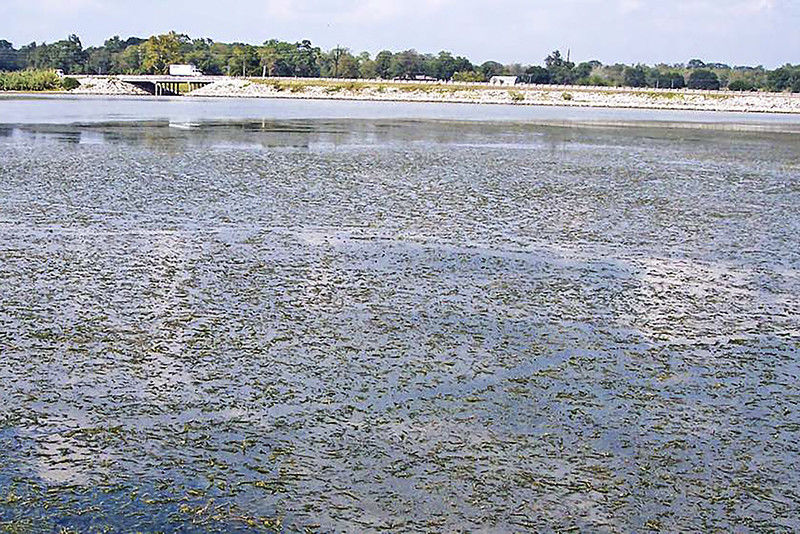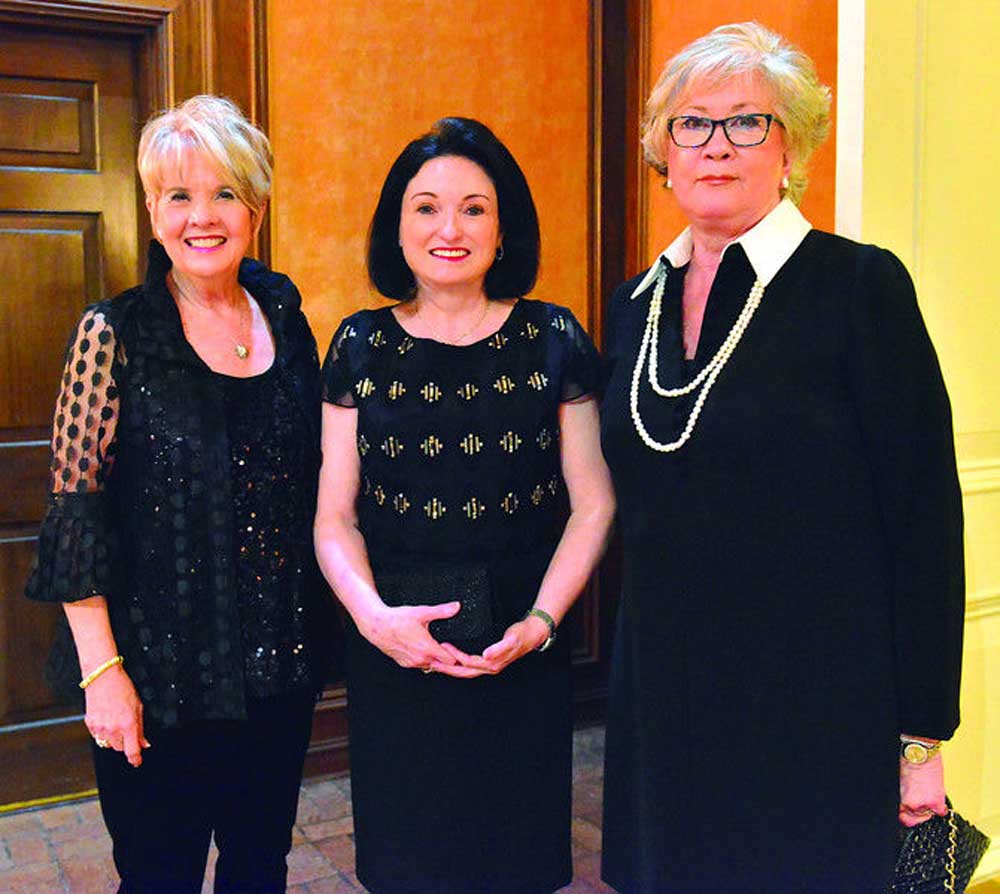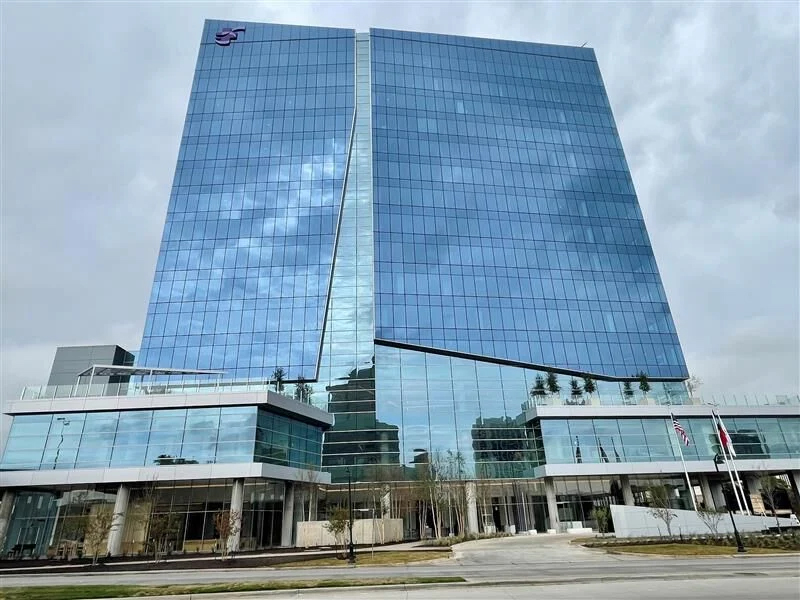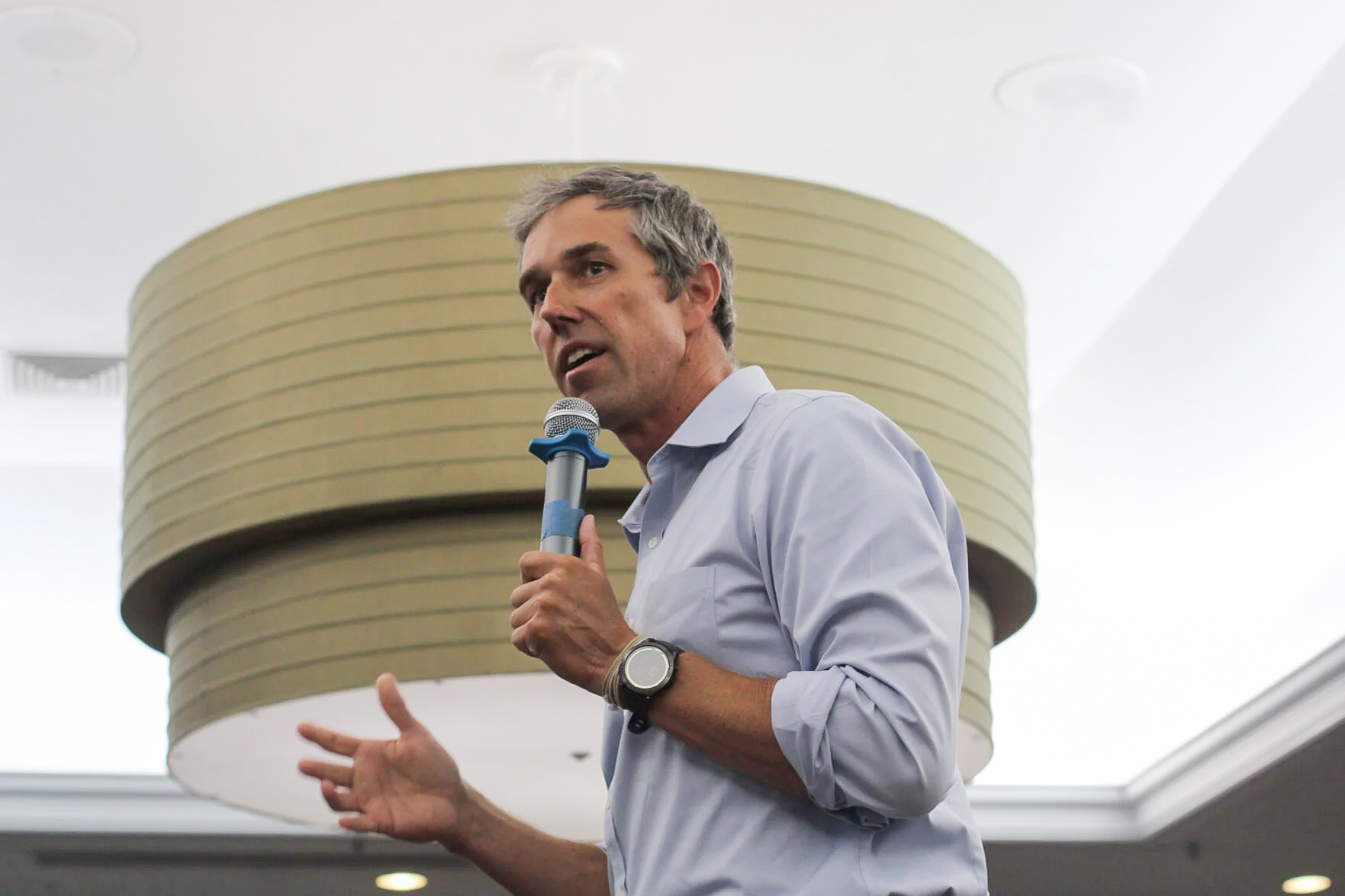TPWD’s view of hydrilla has changed over the years
Published 4:48 pm Saturday, May 13, 2017

- TPWD/Courtesy HYDRILLA, LIKE THIS ON LAKE CONROE, can be good for bass fishing, but not for recreational boating. TPWD supports maintaining as much of the vegetation as possible.
Let’s just say there was a time when the Texas Parks and Wildlife Department Fisheries biologists were as fond of hydrilla as they are of giant salvinia today.
Ok, maybe not quite as mad at it as Texas A&M, who with funding from the Texas Legislature, eradicated every bit of bit of hydrilla and probably some San Augustine grass that grew too close to the water’s edge on Lake Conroe. Still they did not like it.
Over the years the biologists took a second look and have softened their view on it after seeing what it will and won’t do.
“Most district management biologists are in favor of hydrilla because of its value as quality fish habitat and its ability to attract those bigger fish that typically live offshore in cover anglers are more comfortable fishing, essentially making those bigger fish more catchable,” said Spencer Dumont, TPWD Fisheries Division regional director, Region 2.
In fact, Dumont said biologists have learned that hydrilla can actually take the place of native vegetation that will not grow in some instances.
“Another reason why hydrilla is favorable is the lack of native submerged vegetation in many reservoirs, especially those in west and central Texas. Our efforts to establish native submerged vegetation have largely been unsuccessful and often hydrilla is the only submerged vegetation that can adapt to the inhospitable reservoir environment,” he explained.
The biggest problem with hydrilla, and exotic invasive species that is native to Asia, Europe, Africa and Australia, is that when it is established and growing its growth can become out of control on Texas reservoirs.
Maybe not for fishermen, but certainly for recreational boaters who find access around a lake limited and waterfront homeowners unable to use the water along their shoreline.
“In some places, hydrilla provides excellent fish habitat and its growth may never become a problem for anyone. In those places we are perfectly content with leaving it alone,” said Dave Terre, TPWD Inland Fisheries Division’s management/research chief.
“However, in other places it can grow out of control causing problems for other recreational users such as boaters, lakeside property owners and even some anglers. Hydrilla growth can also interfere with the main purpose for which a reservoir was built, such as to cool power plant or to generate hydroelectric power.
Both Dumont and Terre say this creates a dilemma for department biologists, but that fishermen need to know the department is looking out for their interests first.
“Hydrilla is an exotic invasive and on the prohibited species list, along with zebra mussels, giant salvinia, water hyacinth, and many others. The Inland Fisheries Division is responsible for controlling undesirable invasives to protect and enhance the natural resources of Texas. But we are also charged with making fishing the best it can be. The reality is hydrilla can provide beneficial habitat and increase angler success in reservoir environments where otherwise there would be no quality habitat and less than desirable angler success. Therefore, we look at hydrilla on a case-by-case basis. We leave hydrilla alone in many reservoirs,” Dumont said.
“TPWD is always on the side of protecting fish habitat. If hydrilla has to be controlled, we try to find other ways to keep fish habitat in a lake such as planting native aquatic plants, or adding structural fish habitats (artificial or natural). We try to work with our anglers, Friends of Reservoir Chapters, and reservoir controlling authorities to help us with these projects,” Terre added.
Some of the locations where hydrilla is left alone include Toledo Bend, Sam Rayburn, Lake Amistad, Lake Fork and even small lakes like Pinkston and Fayette County.
“We strive to have 20-40 percent of a lake with vegetation to maximize fish and angling productivity. Beyond 40 percent, problems occur with bass stunting, access issues, poor fishing success, and control is necessary,” Dumont said.
To the fishermen, recreational boaters, property owners and even biologists there is a fine line between control, over-control and under-control.
Lake Conroe was and to a degree remains at one extreme. Efforts were made to completely eradicate all of the hydrilla with the use of grass carp. It was successful for a while, but then the plant returned. Efforts have been made in recent years to find a balance, and that started with a switch to triploid grass carp, a non-reproducing fish that die out over a period of time.
To the other extreme is Lake Tyler. Grass carp aren’t feasible on the lake because there is no way to control them. So, working with TPWD the city of Tyler uses a plan where it treats only areas in front of homes and creates an access lane from the U.S. Highway 64 ramp on the north end.
Unfortunately plans like at Tyler and Lake Jacksonville can be thwarted by Mother Nature when flooding rains come through and wash the hydrilla out of the lake. That is especially an issue during the summer months when a lake gets unusually heavy rains during the plant’s growing season. If it ever completely disappears from a lake where the plan is not total eradication a natural phenomenon is going to be the cause.
While TPWD has the authority to spray hydrilla when and where it sees fit, it is currently putting most of its resources behind treating giant salvinia and in some cases water hyacinth. If there is treatment on a local lake it most likely being done by the local lake management authority or lakefront property owners, both of which must be permitted through the department.







